Nestled in the vast Sonoran Desert of southern Arizona, the Tohono O’odham Nation is a sovereign tribal nation steeped in culture, resilience, and deep-rooted connections to the land. Often referred to as the “Desert People,” the Tohono O’odham have lived in harmony with the harsh yet beautiful desert environment for thousands of years.
This blog explores the rich history, cultural practices, and contemporary life of the Tohono O’odham Nation. Whether you’re a cultural traveler, history buff, or Arizona adventurer, visiting or learning about this nation offers unique insights into Native American heritage in the Southwest.
A Brief History of the Tohono O’odham People
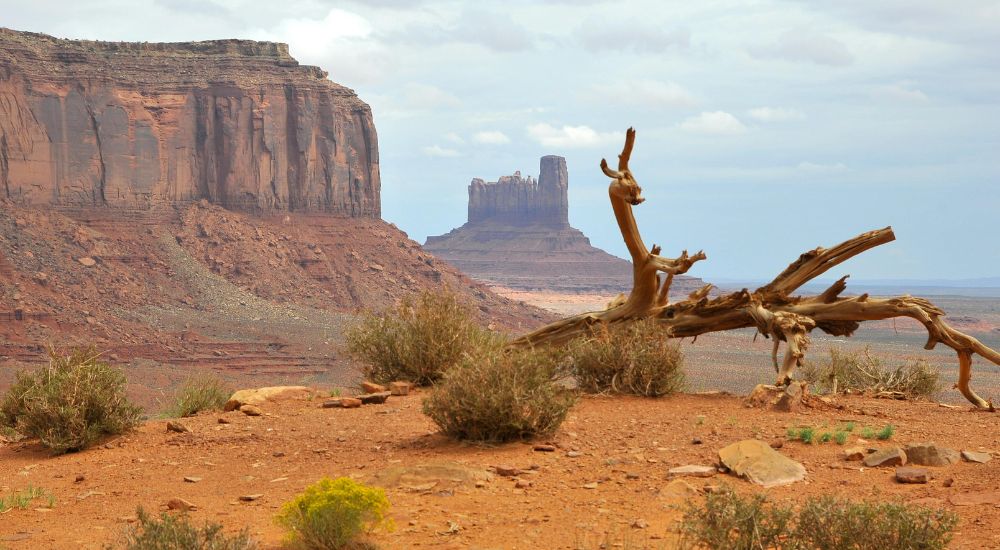
The Tohono O’odham formerly known as the Papago by Spanish settlers are indigenous to the Sonoran Desert region, which spans southern Arizona and parts of northern Mexico. Their name translates to “People of the Desert,” an identity shaped by their deep spiritual and physical connection to the arid landscape.
For centuries, the Tohono O’odham practiced floodplain farming, cultivating crops like tepary beans, squash, and corn, while also harvesting desert plants like prickly pear and saguaro fruit. Their traditional lands were bisected by the modern U.S.-Mexico border, but their cultural identity remains unified and strong across boundaries.
Geography and Sovereignty

The Tohono O’odham Nation encompasses approximately 2.8 million acres, making it the second-largest reservation in Arizona. Its capital is Sells, and the reservation includes several distinct communities and districts.
The Nation operates under its own constitution and government, with elected tribal leadership managing education, healthcare, law enforcement, and economic development.
The land is sacred, and many natural features mountains, springs, and desert flora carry spiritual meaning. Visitors should always be respectful of tribal lands and customs when exploring or photographing the region.
Cultural Traditions and Ceremonies
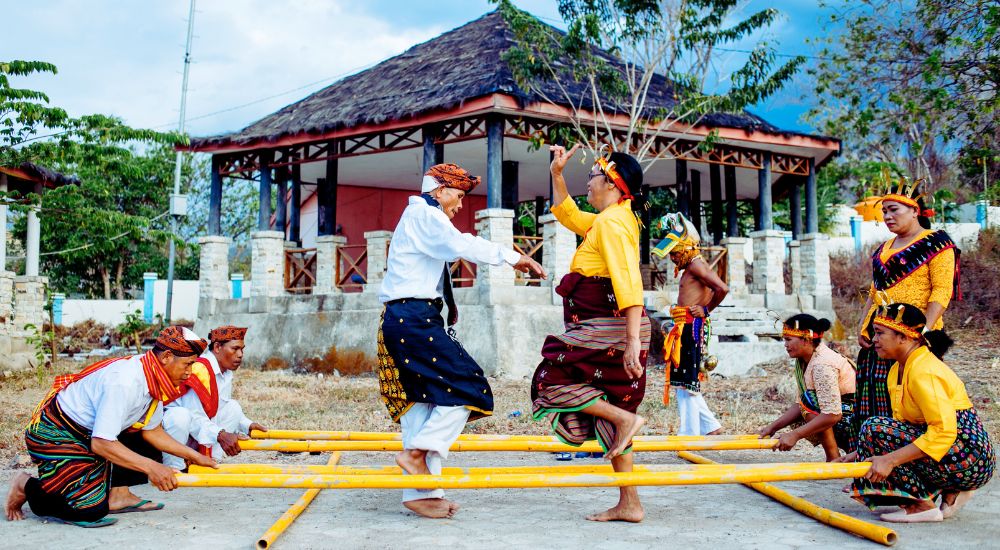
Tohono O’odham cultural life revolves around oral traditions, seasonal cycles, and community ceremonies. One of the most important ceremonies is the saguaro fruit harvest and wine ceremony, which takes place each summer to honor the monsoon rains and the desert’s bounty.
Other aspects of O’odham culture include:
- Basket Weaving: Traditional baskets are intricately woven from bear grass and yucca, reflecting both art and function.
- O’odham Language: Still spoken by many community members, it is being revitalized through schools and language programs.
- Waila Music: A unique musical style also known as “chicken scratch,” blending polka, cumbia, and traditional rhythms.
For more on Arizona’s cultural events, read about the Heritage Festival of Art and Culture, where many tribal traditions are celebrated.
Visiting the Tohono O’odham Nation
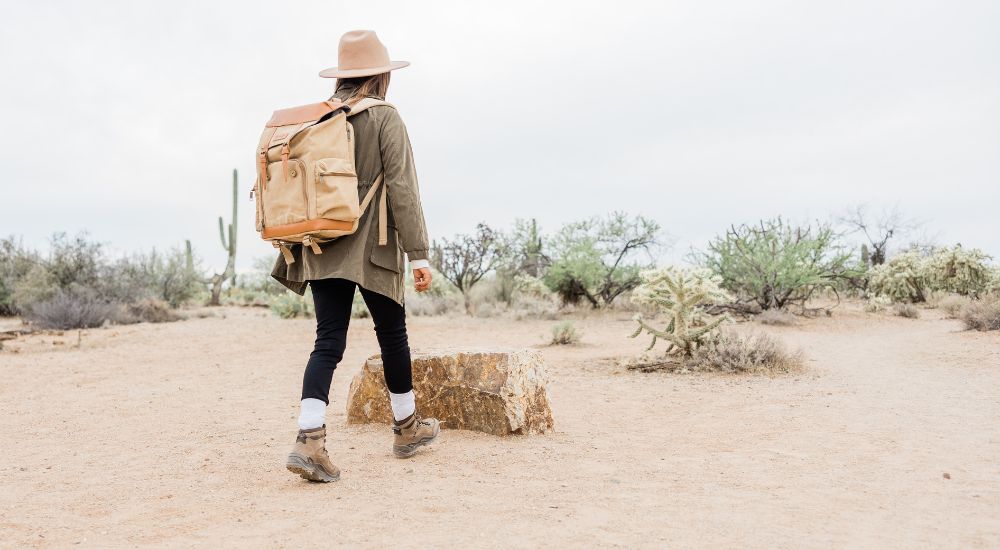
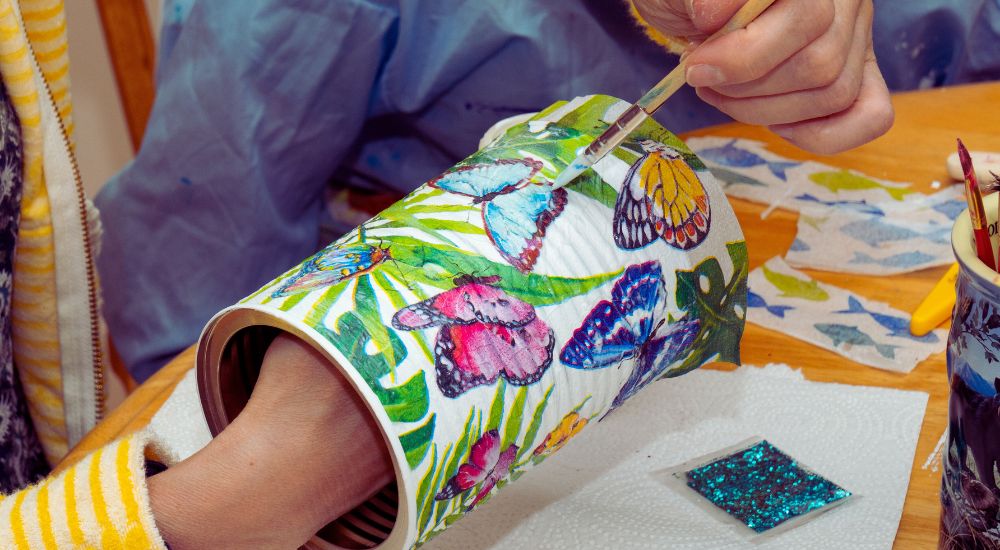
While the Tohono O’odham Nation is not a typical tourist destination, there are opportunities to engage respectfully and learn more about the people and the land:
Himdag Ki: Cultural Center and Museum
Located in Sells, the Himdag Ki (meaning “Tohono O’odham Way of Life”) showcases tribal history, artwork, and oral storytelling. It is an excellent place to start if you’re seeking authentic educational experiences.
Desert Botanical Walks
Some community-led organizations offer guided walks through desert areas where you can learn about native plants, traditional uses, and local ecological wisdom.
Local Art and Crafts
Handwoven baskets and traditional beadwork can be found at regional art markets and tribal fairs.
For a deeper dive into cultural experiences in Arizona, don’t miss our post about Bisbee town, Arizona, which also celebrates indigenous influence and artistic expression.
Challenges and Modern Resilience

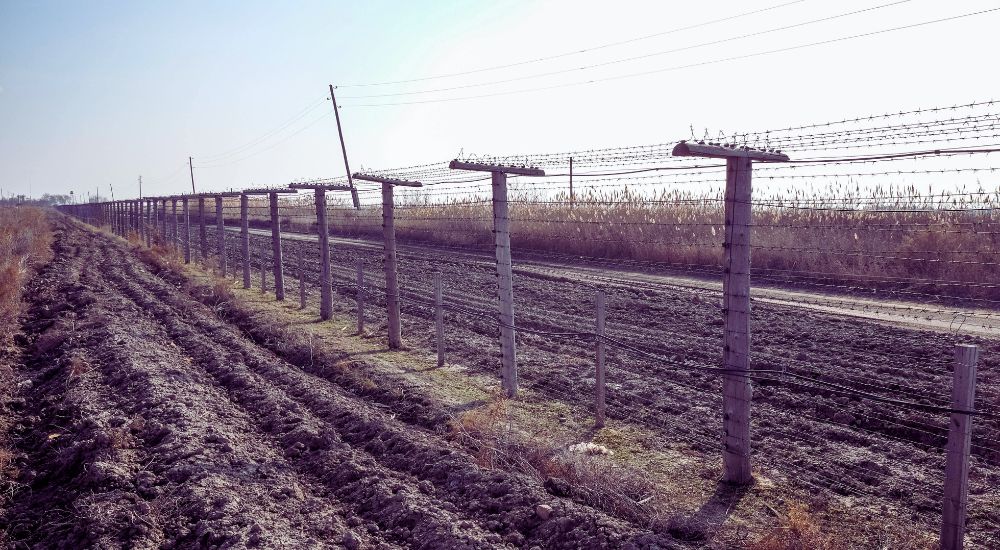
Like many Native nations, the Tohono O’odham face modern challenges, including:
- Border Issues: The U.S.-Mexico border cuts through traditional O’odham land, impacting families and sacred ceremonies.
- Water Rights: Ongoing battles over access to clean water affect health and traditional farming.
- Healthcare and Education: Tribal efforts focus on improving infrastructure while preserving language and heritage.
Despite these challenges, the Tohono O’odham people are resilient and forward-thinking, with a growing emphasis on sustainable development, cultural education, and youth empowerment.
For more info about tribal sovereignty and land, visit the Tohono O’odham Nation official website.
Tohono O’odham Nation Today


The Nation is actively involved in building its economic future through:
- Tohono O’odham Gaming Enterprise – Operating Desert Diamond Casinos, a significant revenue source.
- Community Schools – Providing culturally relevant K-12 and college-level education.
- Healthcare Systems – Tribal-run clinics address community-specific health needs.
With a population of around 30,000 members, the Tohono O’odham Nation remains a dynamic and culturally rich part of Arizona’s identity.
For visitors interested in planning a broader Arizona trip, including other tribal lands and natural wonders, consider exploring the Painted Desert in Arizona, a nearby geological marvel with deep indigenous ties.
Tips for Respectful Engagement

If you’re traveling through or near the Tohono O’odham Nation, keep these guidelines in mind:
- Always ask for permission before photographing people or ceremonies.
- Respect posted signs and closed areas. Many are sacred sites or reserved for tribal use.
- Support local artisans and businesses by purchasing directly from them.
- Learn before you go. A little research goes a long way in showing respect.
Final Thoughts
The Tohono O’odham Nation of Arizona is a land of endurance, spirituality, and living tradition. From the stories passed down through generations to modern initiatives promoting sovereignty and sustainability, this Nation embodies the balance between ancient wisdom and present-day challenges.
For those who value authentic cultural travel or want to support Native communities through knowledge and respect, learning about the Tohono O’odham is both enriching and eye-opening.

